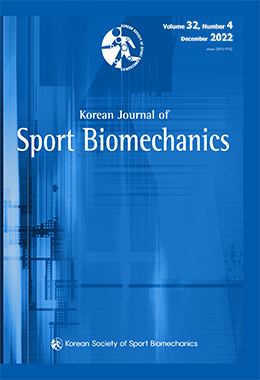Objective: This study aimed to investigate the effect of a combined functional intervention program on the pain-related questionnaire, the erector spinae contractile properties, and trunk extensor strength of prime-aged females with non-specific chronic low back pain.
Method: 16 (female: 16) prime-aged subjects (age: 60.88 ± 6.09 years, height: 158.16 ± 5.58 cm, weight: 59.05 ± 9.44 kg) participated in this study.
Results: Except for Tampa Scale of Kinesiophobia all pain-related questionnaires revealed a significant decrease after the intervention program (p<.001). Tensiomyography of the erector spinae revealed a significant post-intervention program increase in the maximum radial displacement (p<.05) and velocity of contraction (p<.05), however, there wasn't a significant post-intervention program change in the contraction time. Additionally, Trunk extensor strength showed a significant increase post-intervention program (p<.001).
Conclusion: Our results indicated that the combined functional intervention program positively changed pain-related questionnaires and reduced erector spinae muscle stiffness, increasing the velocity of erector spinae contraction. Additionally, improved the trunk extensor strength.




